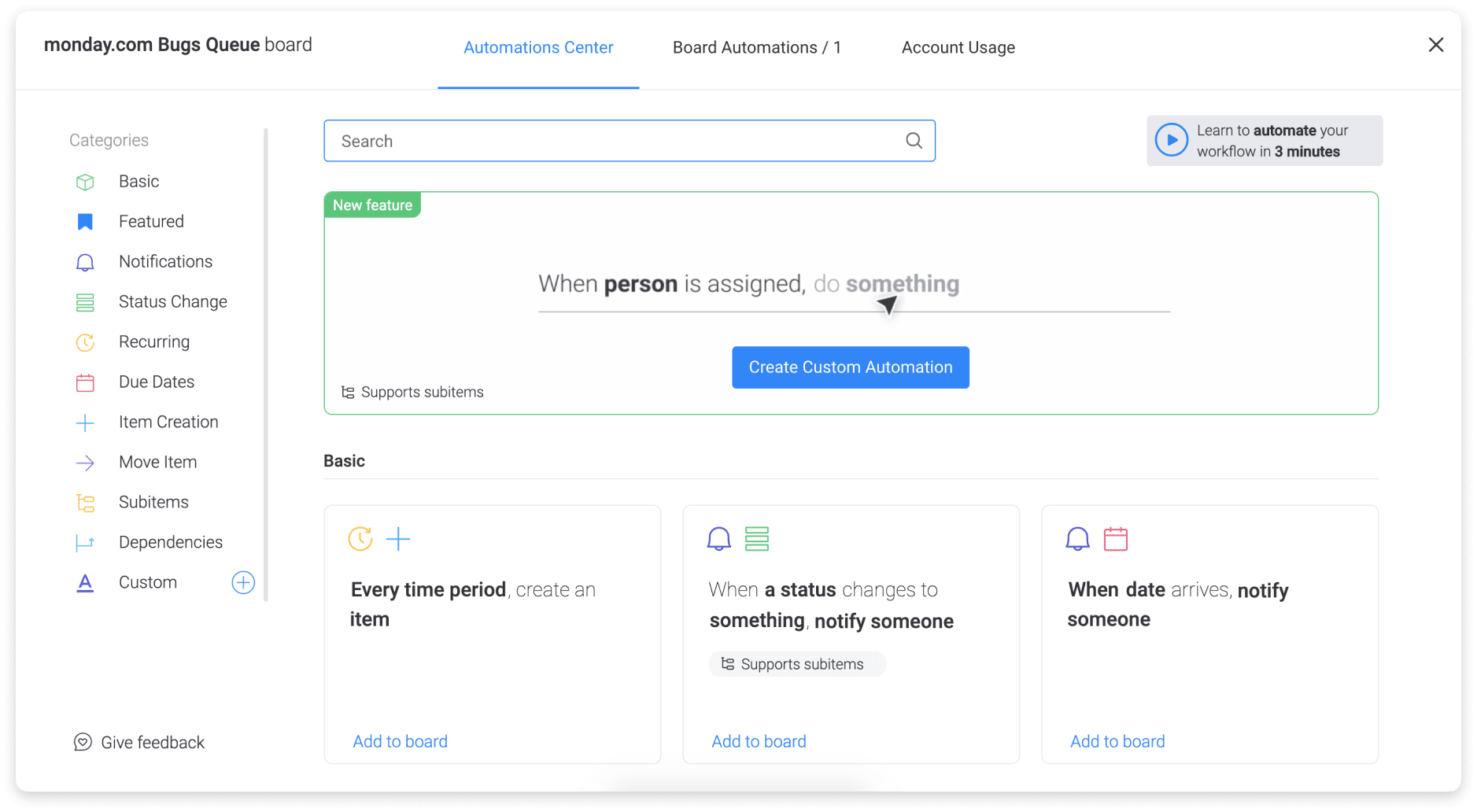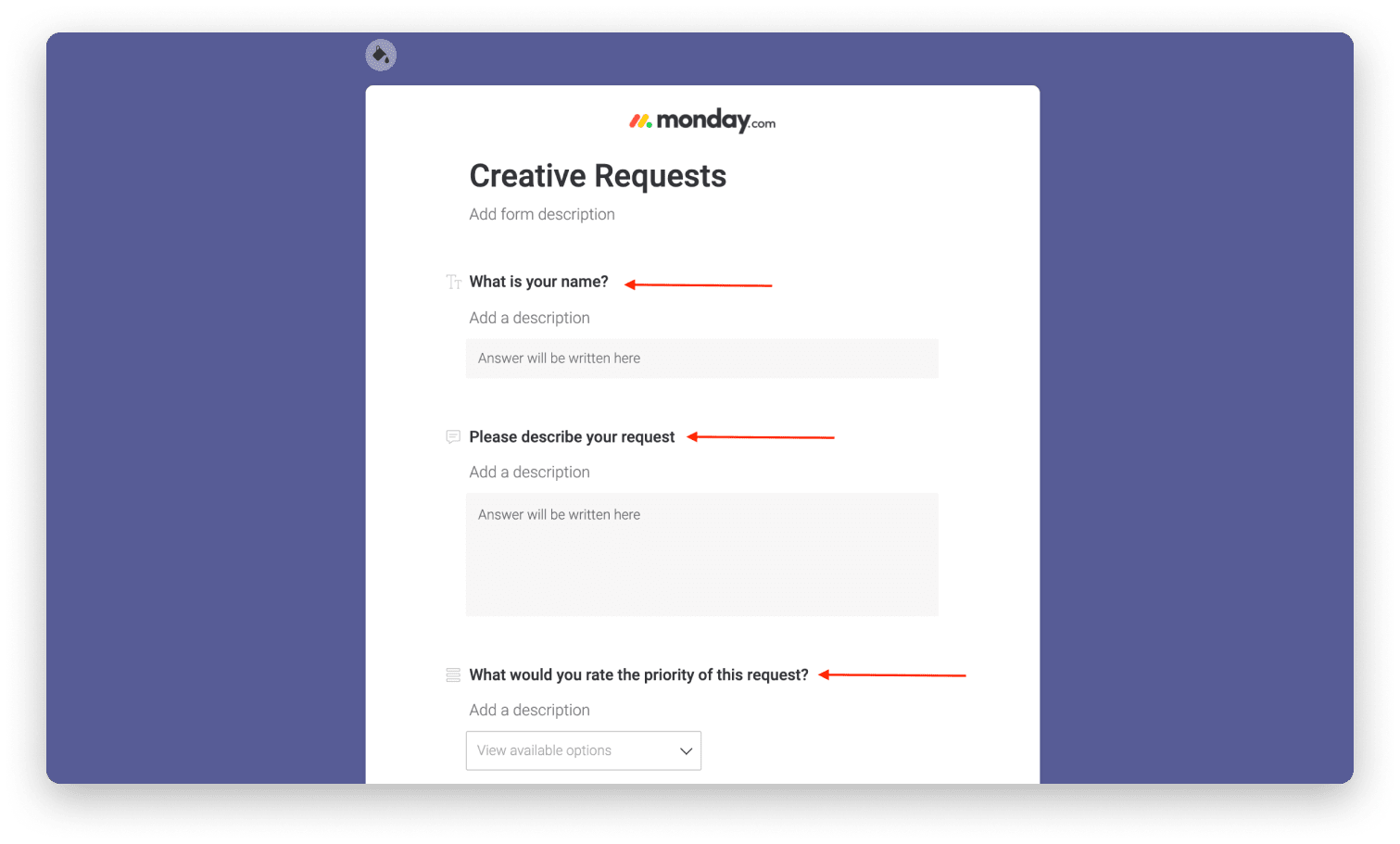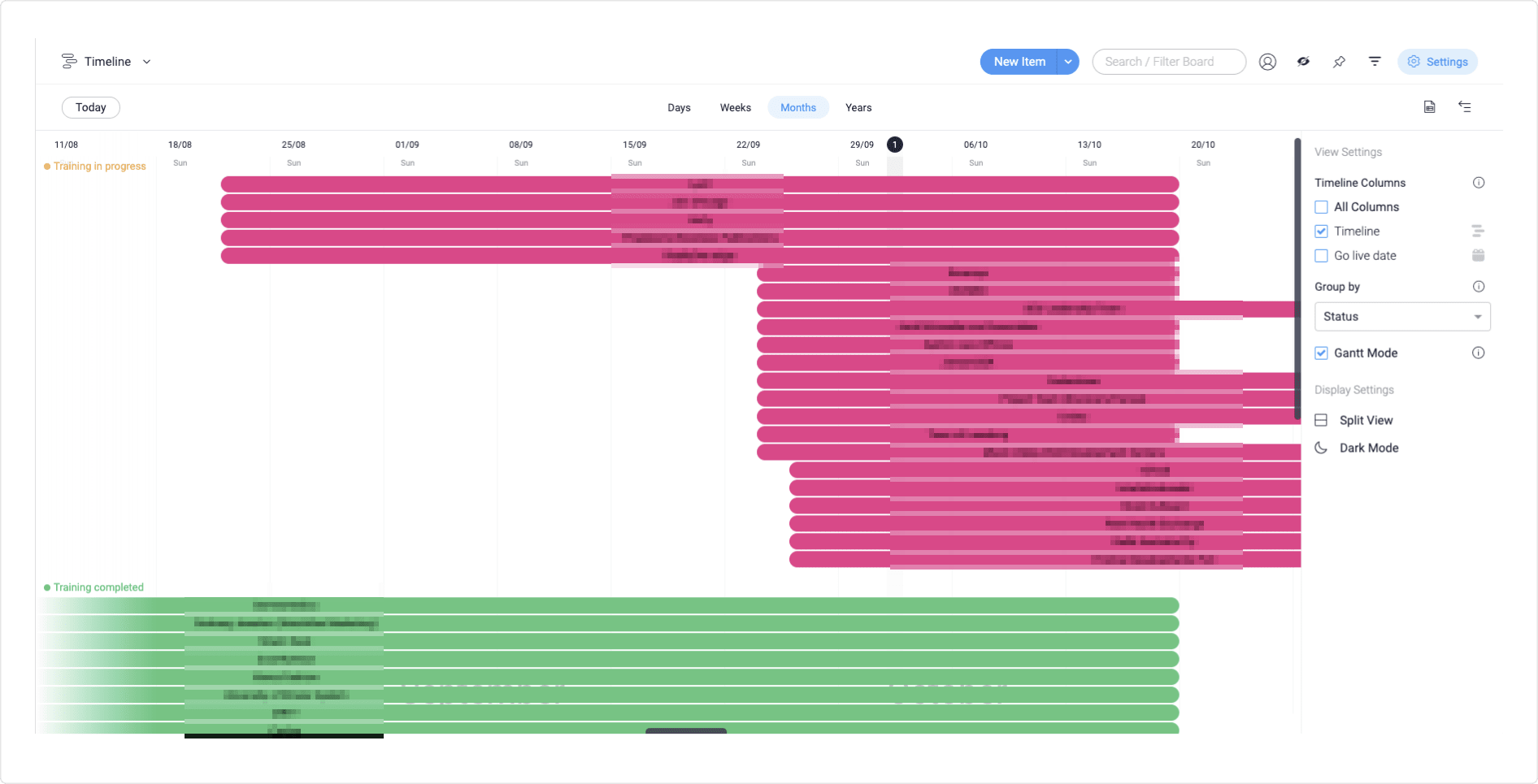Are you desperately trying to drive sales growth in your company?
Does it sometimes feel like a never-ending battle?
Well, sometimes, it kind of is.
And without a well-thought-out plan for lifting sales growth by implementing modern strategies and forward-thinking software solutions, you can quickly find yourself destined for burnout.
If you’re determined to avoid this fate, then read on.
In this article, we’re going to discuss 7 sales growth hacks with a strong focus on how to leverage modern software platforms to get you from A to B.
What is sales growth?
Sales growth is a metric used by sales managers and business owners to track and measure how your sales team can increase revenue over a given period of time.
It’s a reasonably straightforward metric to calculate, as it is simply the percentage of growth of net sales from one fiscal period to the next.
The formula looks like this:
G = (S2 – S1)/S1 x 100
For example, if your company generated $2m in net sales in 2019 (S1), and $3m in 2020 (S2), your sales growth rate is 50%:
(3m – 2m)/2m x 100 = 50
Pretty simple, right? But why should you care about sales growth?
Why is sales growth important?
Growing your sales revenue has a number of important benefits. Most notably, increased sales growth means increased profits for the company.
This has numerous onflow benefits for different stakeholders:
- Sales reps achieve their quotas and receive greater commissions
- Sales managers reach their sales targets and achieve wider goals of the position
- Business owners and executives are better positioned to invest in further business growth and development
- Company shareholders are happy to see earnings increase, which can lead to improved stock performance
- The company as a whole gains a more diversified customer base, and as such, is less exposed if and when customers decide to leave
While sales growth itself is important, so too is tracking and analyzing the metric on a regular basis.
A sales leader with a strong sense of sales growth trends within their company is better positioned to make decisions around new hires, sales strategy, and process changes, and to deliver further sales staff training and development.7 best sales growth hacks for fast-paced businesses
Improving your revenue growth rate (another term for sales growth) is a multifaceted job that is often driven by a combination of sales process initiatives and the implementation of clever software to enable your team to perform at 100%.
Let’s take a look at the 7 best sales growth hacks for motivated companies looking for exponential growth across the next fiscal year.
1. Align sales strategy, operations, and management
Sales growth is a top-down initiative, not a cross to be borne solely by your sales reps.
That means that in order to empower your boots-on-the-ground team to drive those numbers, you need to have a strong vision for how that growth is going to happen and what it means for all team members.
And, most importantly, you need to communicate that vision across various teams and functions.
For example, let’s say you’re a big-box retailer and one of your initiatives for driving sales growth across the next quarter is a consumer-driven social media campaign that gives purchasers an additional 15% off already discounted merchandise.
The initiative does not start and stop there.
Operations staff need to be prepared for an influx of shipments.
Retail sales reps need to understand how to process these discounts so that the marketing team can analyze the reach of their campaign and report on its influence on sales growth.
Team leaders need to be briefed with the expectation of high foot traffic across the weekend, which might require changes to team rosters.
The point is, sales growth initiatives have several flow-on effects, and to truly get the most out of each undertaking, there needs to be an alignment across all functions.
If you’re struggling with this alignment, you might find some value in our post: The secret to successful sales management.
2. Removal of information siloing
Functional silos — teams of employees grouped by function who don’t collaborate — are a major inhibitor to sales growth.
But empowering teams to collaborate across different functions — for example, marketing, sales, and support — requires that information be readily accessible for all team members and not siloed by function.
For example, a common division of sales role is for a Sales Development Representative to undertake prospecting and initial qualification, and then hand off the pre-qualified lead to an Account Executive to fully qualify the prospect and perform a product demonstration.
During this handover, important information that might be useful during the sales process — such as other stakeholders within the prospect’s organization — can get lost.
A work operation system (OS) that breaks down information silos and encourages cross-team collaboration is essential to fluidity in the sales process.

If you’re interested in learning more about how detrimental functional siloing is, check out our article: How to break down functional silos in your organization [+Template].
3. Resource allocation
Driving sales growth is tough if you aren’t efficiently allocating your sales resources.
For example, you might identify that sales opportunities are more often closed toward the start of the month than at the end.
With this information and a capable Work OS with resource management functionality, you’ll be able to maximize sales growth opportunities by scheduling sales resources more heavily toward the end of the month.

4. Customized sales pipelines
For most organizations, the sales process primarily revolves around the use of efficient sales pipeline software.
These platforms allow sales reps to manage customer interactions, prioritize accounts, and track sales metrics such as lead velocity and sales growth. Of course, such information is incredibly valuable to sales managers as well.
However, some sales pipeline platforms are quite rigid, forcing sales teams to work within an arbitrary framework rather than allowing them to create a customized sales pipeline that reflects their — likely ever-changing — sales process.
If you’re focusing on driving sales growth, then you’ll want to find a sales pipeline solution that offers a high degree of customization, so it can flex and grow as your sales process develops.

5. Automate everything
One of the major drivers of sales growth is being able to work at pace.
And to work at pace, you need to be able to focus on high-value tasks, such as product demos or follow-up sales calls, not repeatable manual tasks such as updating your CRM or writing up a ‘thank you for your time today’ email.
So, focus on building pace by implementing a Work OS system that allows you to automate the heck out of your sales process.
Need to move a lead from stage 1 to stage 2 after the first call? Set up an automation rule.
Want to send a follow-up email after 1 week? Set up an automation rule.
Sales reps need a reminder to send in their sales activity logs at the end of each week? Set up an automation rule.

6. Forms to enter contact data instantly
Sales growth requires new prospects for your sales team to turn into customers. That means you’re going to need an efficient way of getting each prospect’s contact information into your system.
Take this burden off the back of your sales reps by implementing a CRM that allows you to create custom forms that potential buyers can fill out with their details, feeding directly into your sales pipeline.

7. Create a new customer onboarding process
Customer onboarding? Doesn’t that happen after the point of sale?
Yes, it does, but it’s still a significant factor contributing to sales growth.
Consider this: 55% of customers have returned a product because they didn’t know how to use it properly.
If you’re selling a product — and that includes digital products such as SaaS platforms — then it’s crucial to develop a strong customer onboarding process in order to retain those sales and drive long-term, sustainable growth.

Drive sales growth with a flexible Work OS
With a strong sense of positioning, a great product, and a solid customer experience, you’ll no doubt experience at least some degree of organic growth over time.
If, however, you’re hungry for serious sales success and exponential growth across each quarter, then you’re going to need to focus heavily on sales growth as a KPI.
Let’s recap on the top 7 ways your business can improve year-on-year earnings and dramatically lift your market share:
- Align sales strategy, operations, and management
- Removal of information siloing
- Resource allocation
- Customized sales pipelines
- Automate everything
- Forms to enter contact data instantly
- Create a new customer onboarding process
Whether you’re in the 2nd quarter, the 4th quarter, or getting prepped to start a brand new retail sales organization, there’s no better time to get started than now.
So, what are you waiting for? Get started with our sales process template today.

